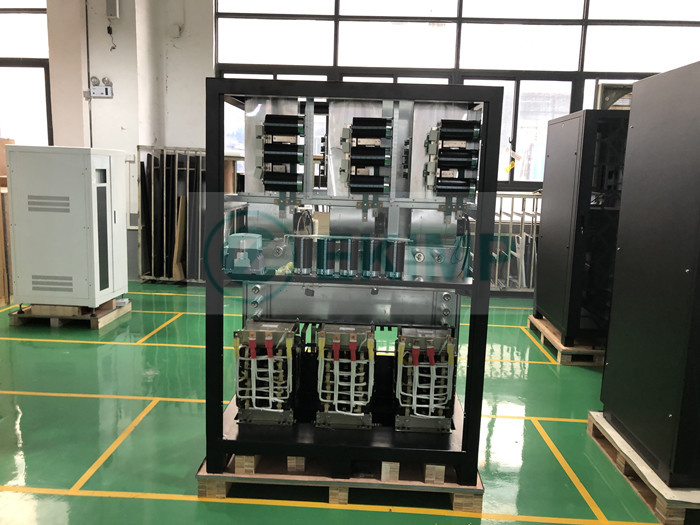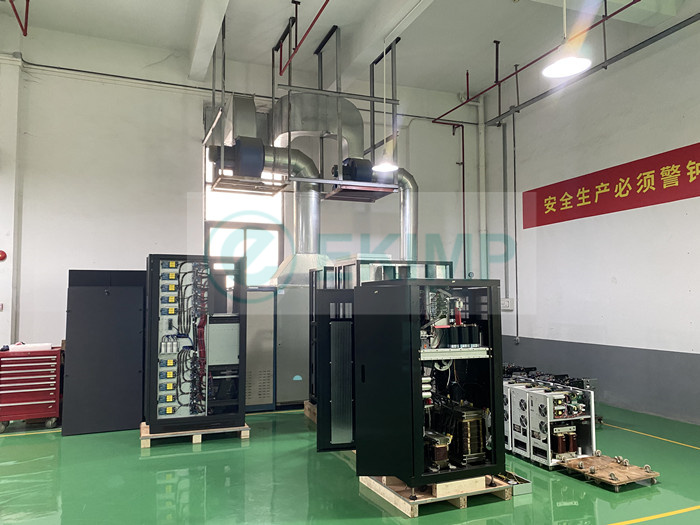1.What is UPS ?
UPS (Uninterruptible Power System), namely uninterruptible power supply, is a constant voltage and constant frequency uninterruptible power supply with energy storage device and inverter as the main component. Mainly used to provide uninterrupted power supply to a single computer, computer network system or other power electronic equipment. When the mains input is normal, the UPS will stabilize the mains and supply it to the load. At this time, the UPS is an AC mains voltage stabilizer, and it also charges the battery inside the machine; when the mains is interrupted (accidental power failure) , the UPS will immediately supply the 220V AC power to the load through the method of inverter conversion, so that the load can maintain normal operation and protect the software and hardware of the load from damage. UPS devices usually provide protection against both overvoltage and undervoltage.

What are his parameters?
The basic parameters of UPS uninterruptible power supply:
(1) Load
The load can be divided into three categories, below 10kV·A is a small load, 10-60kV·A is a medium load, and above 60kV·A is a large load;
(2) Harmonic content (distortion) of the output voltage
Harmonic voltage will cause noise to the reference voltage in the circuit and the logic circuit working with low voltage;

(3) Step load
When a part of the load is turned on or off, the load will have a step change. Since the UPS cannot instantaneously correct this sudden change in current, the output voltage will change accordingly. Small loads sometimes have a 100% step load because only a few devices are connected. Medium load does not have a step of more than 50%. For large loads, a step load of more than 25% may occur only in abnormal operating conditions. The general inverter design can meet the step load less than 25%;
(4) Nonlinear load
Refers to inductive or capacitive loads. In computer systems, nonlinear loads are mainly hosts, printers (especially laser printers) and display terminals, etc.; linear loads are mainly disk and tape devices. Generally, small loads are non-linear loads; medium loads are similar to linear and non-linear loads or one of them is slightly larger; and large loads are generally linear loads, because large loads are composed of multiple devices, which fluctuate one after another during operation. Macroscopically, the total load is compared Stablize;
(5) Efficiency
For a large system, the efficiency must be high enough. For example, if a 125kV·A UPS has only 85% efficiency, the annual extra consumption is equivalent to 30% of the initial investment;
(6) Volume
Small and medium-sized UPS requires that the volume be as small as possible;
(7) Noise
The noise level of the UPS should not exceed the noise level required by the environment in which it is located.

Contact: Jimmy Chow
Phone: 008618826433683
E-mail: jimmy@ekimpower.com
Whatsapp:0086 18826433683
Add: Room 401,No.15building Cambridge Garden I ,Longgang,SZ,China
We chat
